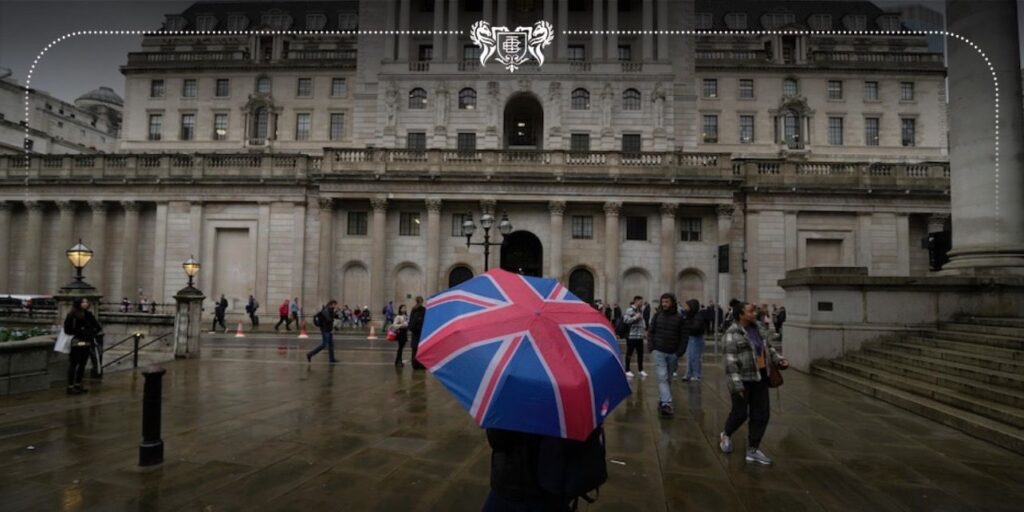The Bank of England (BOE) is set to reduce interest rates for the second time in three months on Thursday, aiming to alleviate financial strain as inflation hits its lowest level in over three years.
This anticipated rate cut by a quarter of a percentage point, likely bringing the rate to 4.75%, comes as inflation in the UK recently dropped to 1.7%—well below the Bank’s 2% target.
The move seeks to provide financial relief for businesses, homeowners, and the broader UK economy, which has faced significant pressure from previous rate hikes driven by the global economic impact of the pandemic.
The recent economic outlook, however, signals a more complex inflationary environment for the coming year. Last week’s budget, introduced by the new Labour government, announced an additional £70 billion ($90 billion) in spending funded by increased business taxes.
Economists predict that these changes could lead to businesses passing on higher costs to consumers, sparking further inflation that may affect the Bank’s long-term interest rate strategy.
Despite Thursday’s expected rate cut, analysts suggest that the Bank of England may adopt a cautious approach to further rate reductions as it navigates evolving economic conditions.
Additionally, US President-elect Donald Trump’s return to office has introduced new variables into global markets, which may impact the Bank of England’s rate decisions.
Trump’s proposed tax cuts and import tariffs are expected to drive up inflation both in the U.S. and potentially worldwide, prompting UK policymakers to monitor the global impact closely. This uncertainty could lead the Bank of England to moderate future rate cuts to maintain stability in the UK economy.
The Bank of England first reduced rates in August, its initial rate cut since the post-pandemic era of high borrowing costs. At that time, central banks worldwide increased rates to counter rising inflation caused by supply chain issues and energy price surges linked to Russia’s actions in Ukraine.
With these pressures now easing, central banks are cautiously returning to rate cuts to stimulate economies.
Analysts believe the Bank’s current confidence in UK inflation trends justifies Thursday’s rate cut. However, future reductions may be limited as the Bank of England balances rate adjustments with inflationary risks from both domestic policies and global market shifts.
This rate decision aligns with a similar move expected from the US Federal Reserve on Thursday, which is also set to cut rates amidst changing economic pressures.
As the Bank of England prepares to make its decision, UK businesses, homeowners, and investors are closely watching for signs of a steady recovery, while the Bank keeps inflation, interest rates, and economic stability in focus for 2024.


